Levi Ethridge: Wind Energy.pptx – A Comprehensive Guide to Montana’s Renewable Revolution
Wind energy has become a cornerstone of the global shift toward renewable energy. With climate change driving the demand for sustainable solutions, wind power has emerged as one of the most efficient and clean energy sources. This article dives deep into the topic, focusing on “Levi Ethridge: Wind Energy.pptx,” offering a detailed, easy-to-understand guide.
Introduction to Wind Energy
The Rise of Renewable Energy
Renewable energy sources have gained prominence as the world seeks to reduce its dependence on fossil fuels. Among these, wind energy stands out for its scalability, reliability, and environmental benefits. Harnessing the power of wind has a long history, dating back to ancient civilizations that used windmills for grinding grain and pumping water. Today, technological advancements have made wind turbines a vital part of the energy landscape.
Why Wind Energy Matters
Wind energy is clean, abundant, and renewable. Unlike fossil fuels, it produces no greenhouse gas emissions during operation, making it a critical player in combating climate change. It is also a significant contributor to energy security and economic development in regions like Montana, where conditions are ideal for wind farm installations.
Understanding Wind Energy
How Wind Turbines Work
Wind turbines convert the kinetic energy of wind into electrical energy. When the wind blows, it rotates the blades of a turbine. This mechanical energy is transferred to a generator, producing electricity. The primary components include:
- Rotor Blades: Capture wind energy.
- Nacelle: Houses the generator and gearbox.
- Tower: Elevates the turbine to capture stronger winds.
- Foundation: Provides structural stability.
Types of Wind Turbines
Wind turbines are categorized into two primary types:
- Horizontal-Axis Wind Turbines (HAWT): The most common type, featuring blades that rotate around a horizontal axis.
- Vertical-Axis Wind Turbines (VAWT): Less common but suitable for urban areas and smaller-scale applications.
Montana’s Wind Energy Potential
Geographical Advantages
Montana’s vast open spaces and consistent wind patterns make it a prime location for wind energy projects. The state’s high-altitude plains offer wind speeds ideal for large-scale turbine operations. Additionally, Montana’s commitment to renewable energy policies has fostered significant investments in wind power.
Key Wind Farms
One of the most notable projects is the Glacier Wind Farm near Ethridge, Montana. This facility is a testament to the state’s potential, with over 140 turbines generating 210 megawatts (MW) of power. It has set the standard for future developments in the region.
Case Study: Glacier Wind Farm
Overview and Location
Located near Ethridge, Montana, the Glacier Wind Farm is the largest wind energy project in the state. Spanning approximately 25,000 acres, the facility is strategically positioned to maximize wind capture.
Development Timeline
| Phase | Turbines Installed | Capacity (MW) | Operational Year |
|---|---|---|---|
| Phase I | 71 | 105 | 2008 |
| Phase II | 69 | 105 | 2009 |
Economic Impact
The Glacier Wind Farm has significantly contributed to Montana’s economy. It created numerous construction jobs and permanent maintenance roles, provided lease payments to local landowners, and added substantial tax revenues to the state.
Levi Ethridge’s Role in Wind Energy
Professional Background
Levi Ethridge is a prominent figure in Montana’s renewable energy sector. With a strong background in environmental science and renewable energy technologies, his contributions have been pivotal in advancing wind energy projects in the state.
Contributions to Glacier Wind Farm
Ethridge played a crucial role in optimizing the efficiency of the Glacier Wind Farm. His innovations in turbine placement and energy storage solutions have set new benchmarks for operational excellence.
Broader Influence
Beyond the Glacier Wind Farm, Ethridge has been an advocate for renewable energy education and policy development. His work has inspired community initiatives and shaped Montana’s energy landscape.
Challenges and Solutions in Wind Energy
Environmental Considerations
While wind energy is environmentally friendly, it’s not without challenges. Issues like wildlife collisions and land use concerns require careful planning. Solutions include advanced turbine designs and strategic site selection.
Technical Challenges
Integrating wind energy into the electrical grid and developing efficient energy storage systems are ongoing challenges. Innovations in battery technology and smart grid systems are addressing these issues.
Community Engagement
Effective communication with local communities is vital. Addressing concerns about noise, aesthetics, and land usage can foster public support for wind energy projects.
The Future of Wind Energy in Montana
Technological Advancements
The future of wind energy lies in larger, more efficient turbines and hybrid systems integrating wind with solar and storage technologies.
Policy Support
Montana’s renewable energy policies and federal incentives continue to attract investments, paving the way for future projects.
FAQs About Levi Ethridge: Wind Energy.pptx
What makes Montana ideal for wind energy?
Montana’s high-altitude plains and consistent wind speeds make it an excellent location for wind farms.
Who benefits from wind farms like Glacier Wind Farm?
Local communities benefit through job creation, land lease payments, and tax revenues.
What role did Levi Ethridge play in Glacier Wind Farm?
Levi Ethridge was instrumental in optimizing turbine placement and enhancing operational efficiency.
Are there any environmental drawbacks to wind energy?
While wind energy is clean, it poses challenges like wildlife impact and land use, which are mitigated through advanced planning.
What’s the future outlook for wind energy in Montana?
With technological advancements and policy support, Montana’s wind energy sector is poised for significant growth.
Conclusion On Levi Ethridge: Wind Energy.pptx
“Levi Ethridge: Wind Energy.pptx” showcases the transformative potential of wind energy in Montana. From understanding the fundamentals of wind power to exploring the state’s leading projects and Levi Ethridge’s contributions, this guide offers a comprehensive overview. As wind energy continues to grow, Montana stands as a shining example of renewable innovation, paving the way for a sustainable future.
Additional FAQs About Levi Ethridge: Wind Energy.pptx:
How does wind energy compare to other renewable energy sources in efficiency?
Wind energy often has a higher energy return on investment (EROI) compared to solar, making it an efficient choice for large-scale projects.
What are the maintenance requirements for wind turbines?
Wind turbines require regular inspections and occasional part replacements, with advanced monitoring systems helping to minimize downtime.
Can wind farms coexist with agricultural activities?
Yes, wind farms often coexist with farming and ranching, allowing landowners to generate additional income while maintaining their primary activities.
What are the noise levels associated with modern wind turbines?
Advances in turbine design have significantly reduced noise levels, making them less disruptive to nearby communities.
What educational resources are available for learning about wind energy?
Many organizations, including the U.S. Department of Energy, offer free resources and workshops to educate the public about renewable energy.
Recommended Articles:
Guide to the 90bb rd02000 Brightness Board: Features, Installation, and Benefits
Viscera Hilux Costa Rica: A Comprehensive Guide to the Ultimate Pickup
The Ultimate Guide to Mikra Milwaukee M12 Battery Adapter
Exploring Leo Bornbadin Drivers High: A Complete Guide to the Iconic Yaoi Manhwa
Levi Ethridge: Wind Energy.pptx – A Comprehensive Guide to Montana’s Renewable Revolution
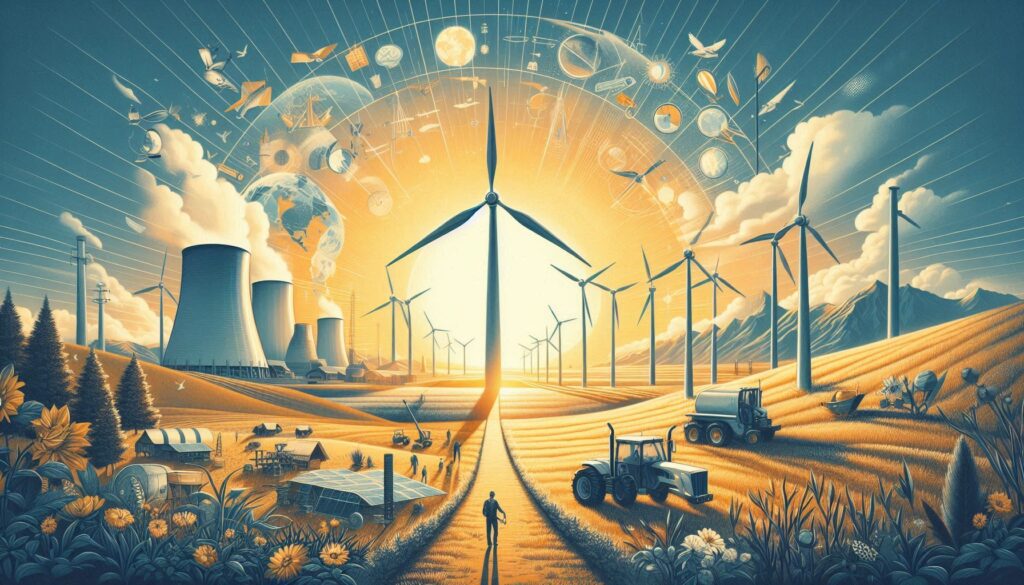



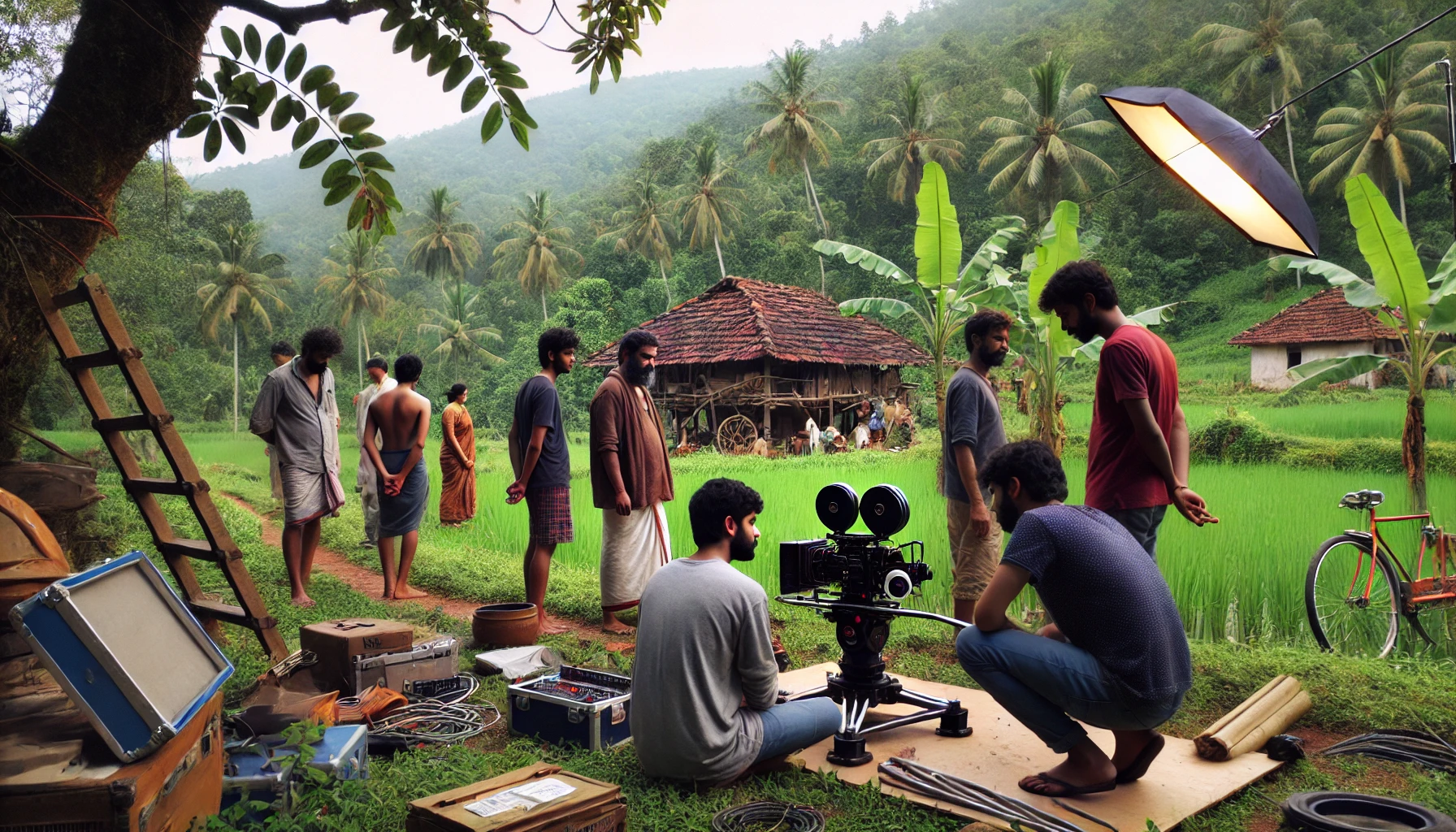







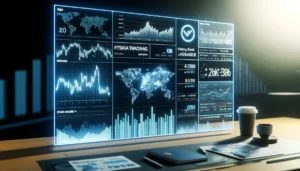




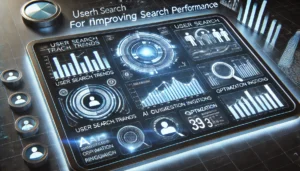
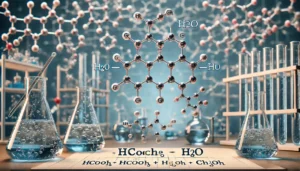












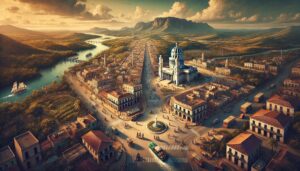


Post Comment